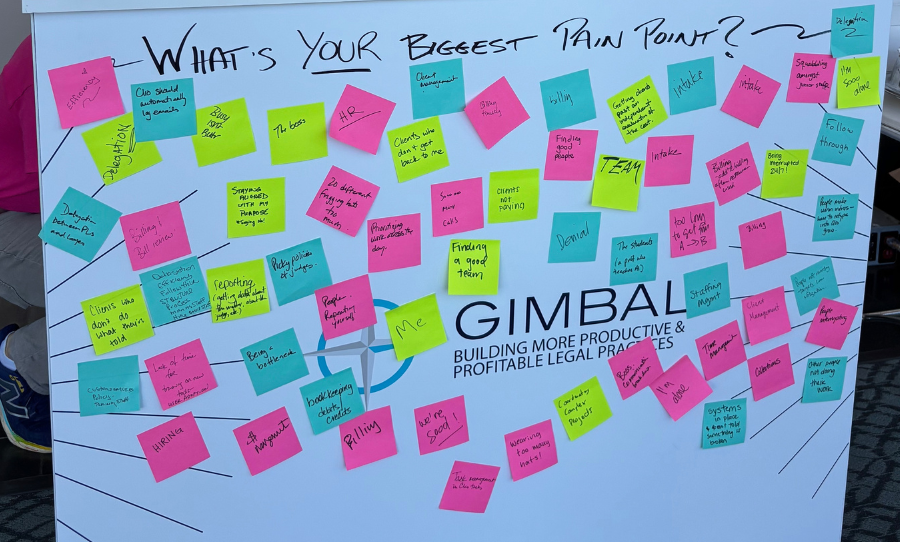E47: Five Strategies To Make Your Changes Stick
Aug 26, 2020
The hardest part of making changes in your law practice is avoiding the inevitable slide back into the old ways. We are wrapping up our review of the Practice Accelerator Framework with five tips for making your process improvements stick.
The final stage of the Practice Accelerator Framework is all about follow-up. You are answering the question: Are we following our new process and is it actually working?
Want to watch this tip instead?
It may seem like you have done all the hard work, but your project is not over yet. In fact, you are about to embark on what may be the hardest phase: Control.
Across the life of your project, you will have changed the way people work and improved your outcomes, and that is great! But when the initial excitement fades, people often lose interest and slide back into their old ways. You need to ensure that your improvements continue to be implemented, so you are reaping the benefits for months and years to come.
The Five Strategies to Make Your Changes Stick
- Diligently track a metric that demonstrates improvement over your baseline. To do this, you need to have established your baseline clearly during the Measure phase. Then you need to regularly compare your current performance against that baseline. Get the data. Don’t rely on anecdotes. This one is going to take constant vigilance, but it will pay off.
- Communicate your new process and your improved performance. Ensure people know why they need to follow the new policy, how it fits with your firm’s strategy, and how they will benefit. Socialize your new process, and make sure everyone understands what is in it for them.
- Give people the right training. Ensure everyone knows how to follow the new policy. Create clear maps and practice guides for the new process. Provide training. If your new process or system is complex, only introduce a few new skills at a time, and add new training in new skills as people progress. And make sure everyone (even busy partners!) knows that the training is not optional.
- Reward compliance. As you create your new process, consider ways you can make it easy for people to comply. And build in incentives that will reward compliance. Rewards can be small and intangible. Set up a leaderboard and get people to demonstrate their compliance. A little competition can go a long way!
- Change beliefs. Most importantly, people need to believe the new way is easier, faster, better for them. One of the best webinars I have seen on this aspect of change comes from Jamie Flinchbaugh titled How to Drive Improvement Behaviors To Increase Performance Gains. You can watch it here.
Making your changes stick is probably the most challenging part of process improvement. But by thinking about how you are going to do that while you are designing your new process, by building aspects of control right into your new system, you can improve your chances of success.
Thanks a lot everybody!
Success in your inbox!
Sign up for our Productivity Tips. You'll get a one tip and one featured article each month, both packed with practical, actionable advice that will help you build a more profitable, productive practice.
We will provide you with practice management tips and related information and offers. We will never sell your information, for any reason. Unsubscribe at any time.


